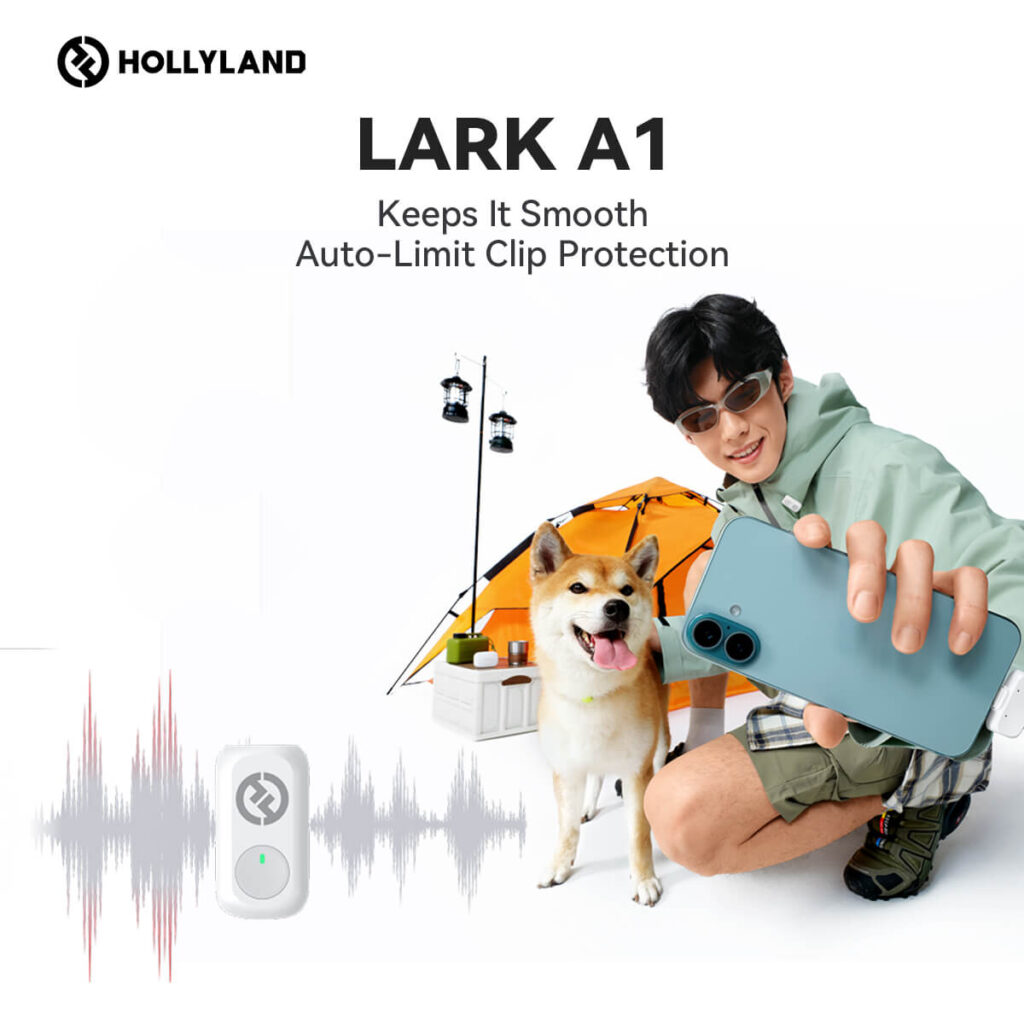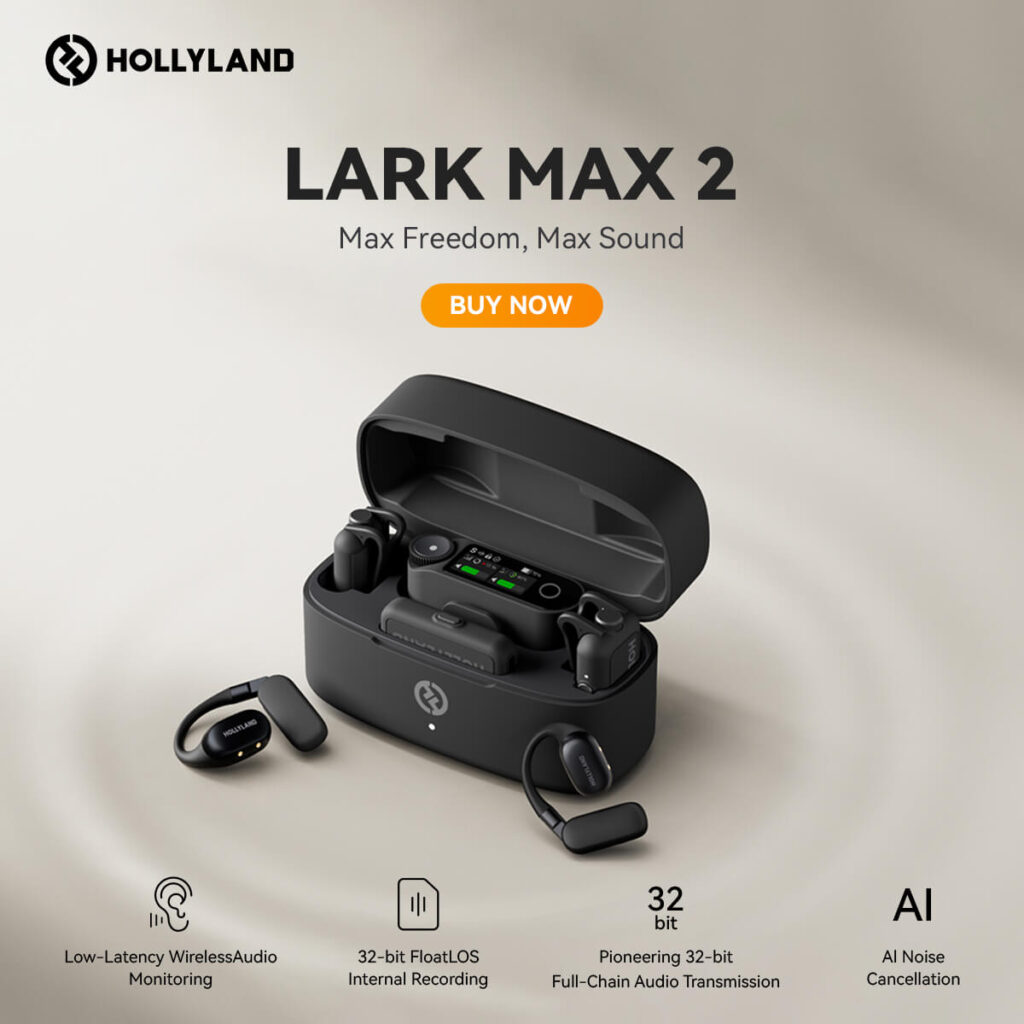Lavalier microphones are pretty popular these days. You’ll find both wired and wireless types around. Many people still go for the wired option. It usually has a 3.5 mm jack, which is super handy. It connects easily to any device with the same port. Now, not all jacks are the same. Some are TRS and others are TRRS. That can be confusing, right? The good news is that adapters solve this fast. You can mix and match without a fuss. Still, one question bugs most users. Which 3.5 mm lavalier microphone should they choose? This article covers that in detail.
5 Reliable 3.5 mm Lavalier Microphones
1. RODE smartLav+

The smartLav+ is a lavalier microphone made for phones with a TRRS jack. It’s compact but built like a tank. The 1.2 meter cable is reinforced with Kevlar, so it’s tough enough for daily use. You can clip it onto clothing, and thanks to its omnidirectional condenser capsule, it still picks up your voice clearly no matter how it’s positioned. It has a small pop filter to lessen harsh breath sounds in addition to creating a natural sound.
The microphone is powered by your phone. Therefore, no additional devices or batteries are required. After plugging it in and launching your favorite audio app, you can begin recording. It pairs perfectly with the RØDE Reporter app but works just fine with most others. The sound stays detailed and full across the 20Hz to 20kHz range. Whether you’re whispering or talking loud, it handles the volume with ease. It can take a max of 110 dB, so it won’t distort easily.
Even if you use a phone or tablet, this mic levels up your audio. It works well for voice-overs, interviews, podcasts, and video content.
Pro Tip: On a quiet day, just using this mic and your phone will surprise you. Add a simple plug-in like TNT Voice Executor, and your voice starts to sound like it came from a studio. It’s a small tool, but it makes a big difference.
2. Shure MVL Smartphone 3.5 mm Mic

The Shure MVL is a handy little lav mic that fits easily into mobile setups. It connects through a 3.5mm TRRS plug and works well with both Android and iOS devices, as long as you have the right adapter. Its small size keeps things subtle, even with the windscreen attached. The design stays low-profile, which is helpful when filming in public or doing interviews. Despite its small form, it delivers clear and clean audio. It handles background noise pretty well and has strong resistance to interference.
The sound quality is better than what most built-in mics offer. It performs smoothly whether someone is recording casual vlogs, online courses, or live training over video calls. It even works well on Zoom without any trouble. Just make sure you have a splitter if you want to hear others during calls. The included windscreen helps reduce harsh sounds, and the clip keeps the mic steady on clothes. It also comes with a pouch, making it easy to carry around.
The mic is simple to use, plugs right in, and starts recording right away. For better results, some folks even pair it with a portable recorder. That combo can level up the audio without much extra work. The Shure MVL turns everyday recording into a more polished experience without being complicated.
3. MOVO LV1
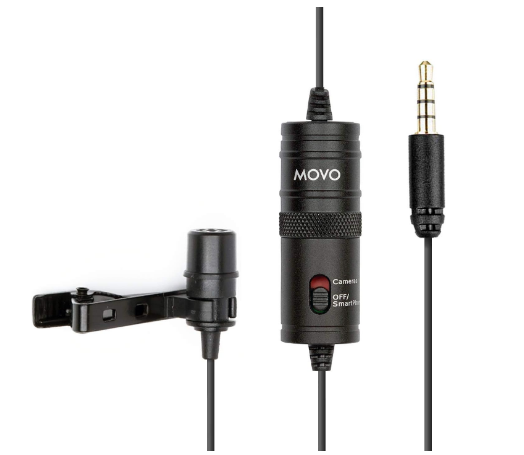
The MOVO LV1 lavalier mic connects through a simple 3.5 mm plug. It captures voices with clarity and works well in everyday recordings. Whether it’s video content, voice memos, or short interviews, it stays reliable. The omni pickup grabs sound from all sides without needing constant adjustment.
Its compact body feels weightless when clipped on. That makes it easy to wear for long periods. It fits well for podcasts, video training, and even virtual meetings. Many built-in mics on phones and cameras often sound dull. This one gives better results, even in casual spaces like home offices or classrooms.
The mic pairs easily with phones, cameras, or recorders. No complicated steps. No learning curve. Its 20-foot cable offers freedom to move around during a shoot or chat. The electret condenser element helps preserve voice texture. With a range from 50 Hz to 18 kHz, it catches both low tones and higher ones without struggle.
Sensitivity clocks in around -65 dB. Impedance is stable at one thousand ohms. Power use stays light, running on as little as one volt. That makes it great for longer sessions.
For content creators who want clean audio without spending big, this mic gets the job done without drama.
4. Sony ECM-LV1

The Sony ECM-LV1 brings impressive stereo sound in a tiny package. With just 32mm in length, it stays almost invisible when clipped on. It fits nicely on clothing, thanks to the rotating clip. This keeps things neat and avoids distractions on camera. Its size may be small, but the sound output tells a bigger story. It records clear speech and rich background tones without much fuss.
The dual-channel stereo pickup creates natural depth in recordings. Even in noisy areas, it picks up voices from all directions. Movement doesn’t throw it off, which makes it useful during live sessions or fast-paced scenes. No batteries are needed since it runs on plug-in power. That makes it compatible with smartphones, cameras, recorders, and even transmitters.
Its omnidirectional design means every angle is covered. It handles soft whispers and louder speech without losing detail. Whether capturing interviews or atmospheric audio, the response remains well balanced. It’s made of plastic. But, aesthetically, the LV1 doesn’t feel cheap. Moreover, its lightweight body makes it easy to wear for hours.
The included windscreen helps fight breezy conditions. From 50 Hz to 15 kHz, its range performs well in daily use. This mic may be small in size, but it brings a big difference to any project. Even better, it works smoothly in different temperatures and stores safely too.
5. Purple Panda 3.5 mm Lavalier Mic Kit

Recording crisp sound gets easier with this neat little mic. The Purple Panda Lavalier Kit is small in size but big on results. It hides well on clothing and still picks up every word loud and clear. You can carry it anywhere without hassle. It fits into your pocket and is ready whenever inspiration strikes.
No battery? No problem. Just plug it in and start talking. There’s nothing to install, no apps to fiddle with, and no confusing buttons to press. It works great for content creators, riders who vlog on the go, gamers, podcasters, and even teachers on video calls. It’s reliable on the road or at your desk.
Its wide support makes it even more impressive. It teams up with GoPros, DSLR cameras, tablets, laptops, and even Zoom and Tascam recorders. Whether it’s a DJI Osmo or an Insta360, this mic is up for the job. You might need an adapter for newer MacBooks, but that’s no big deal.
The kit has everything packed smartly. It includes the lav mic with a 3.5 mm TRRS jack, an extension cable, a TRS adapter, a mini USB, and a furry wind cover to keep unwanted noise out. You even get a second clip and a drawstring pouch for easy storage.
Pro Tip: 3.5 mm lav microphones have given a new meaning to convenient recording. But wireless microphone systems have taken audio recording to a whole new level, just like the Hollyland Lark M2S.
Lark M2S is a hidden omnidirectional wireless microphone with a titanium clip-on and logo-free design. It is universally compatible with its USB-C and 3.5 mm analog outputs. Thanks to its dual-level Environmental Noise Cancellation (ENC) feature, it lets you capture crystal-clear sound wirelessly up to 1000ft. Plus, it’s an excellent choice for an all-day recording with its long operating time of up to 9 hours.
Conclusion
Finding the right mic depends on what fits your style. The RODE smartLav+ is great if you want crisp voice recordings. It works well with phones and tablets too. For those who care about durability, the Shure MVL feels built to last. MOVO LV1 keeps things simple and does the job just fine.
Sony’s ECM-LV1 stands out with clean sound and stereo depth. It’s small but doesn’t hold back on performance. And if you need a kit with extra adapters, the Purple Panda mic is a nice pick. Every 3.5 mm lavalier microphone mentioned here brings something useful. Just pick what suits your setup and get recording.
Frequently Asked Questions about 3.5 mm Lavalier Microphones
Q1. Is a 3.5 mm microphone good enough?
If you only want a shotgun mic to mount on your camera, a 3.5 mm connection will do just fine. However, for most other uses, an XLR mic is a smarter choice for the long run. Buying used XLR microphones can save money and still offer great quality. These mics last a long time, so getting a secondhand one will not mean sacrificing performance.
Q2. Which is better for audio, USB or 3.5 mm?
USB often gives better sound quality than 3.5 mm analog jacks, especially with good audio gear. This is because USB sends digital signals, avoiding the conversion inside your sound card. The result can be clearer and more accurate audio. Still, the difference is sometimes very subtle and not always easy to hear right away. For many, both options work well depending on their setup.
Q3. Is audio through a 3.5 mm jack balanced?
A TRS cable, which can have a 3.5 mm plug, is easy to spot by two black rings near the tip. These cables usually carry stereo signals through one wire. It is important to understand that the stereo audio sent this way is not balanced. Balanced audio means reducing noise better, but TRS cables with stereo signals do not do that.
Q4. What’s a downside of lavalier mics?
One thing with lavalier mics is they catch every little noise, especially when they rub on clothes. That rustling sound can ruin your recording and fixing it later takes forever. Sometimes it gets so bad, you end up having to record parts again. So, it’s a good idea to watch how the mic sits and try not to let it move against your clothes too much.
Q5. Which is better, TRRS or TRS connectors?
Both TRS and TRRS plugs have their own uses in audio setups. TRS cables usually handle stereo sound well and are popular for professional gear. On the other hand, TRRS connectors work with many modern devices. They can carry stereo audio and microphone signals through one cable. Choosing between them depends on what device is being used and what kind of connection it needs.
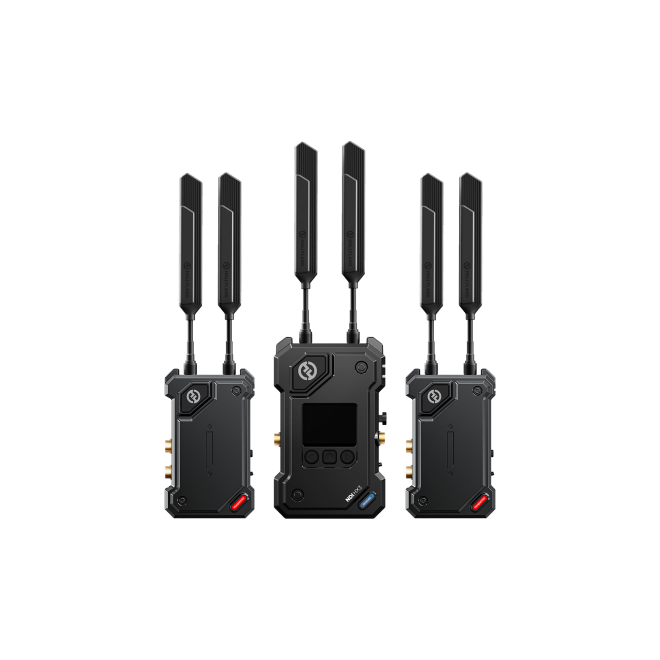
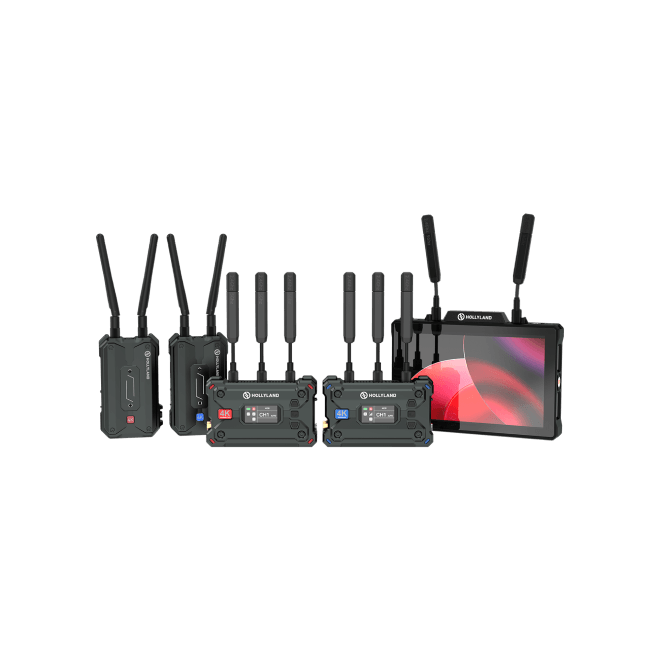
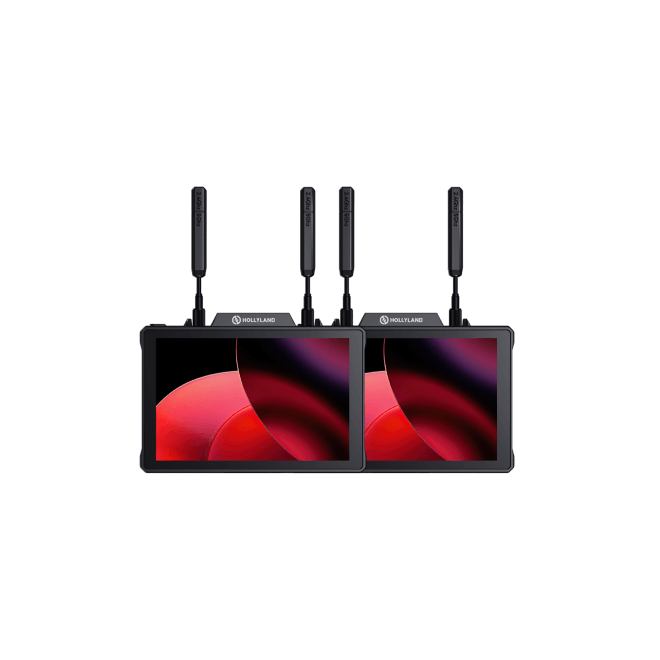
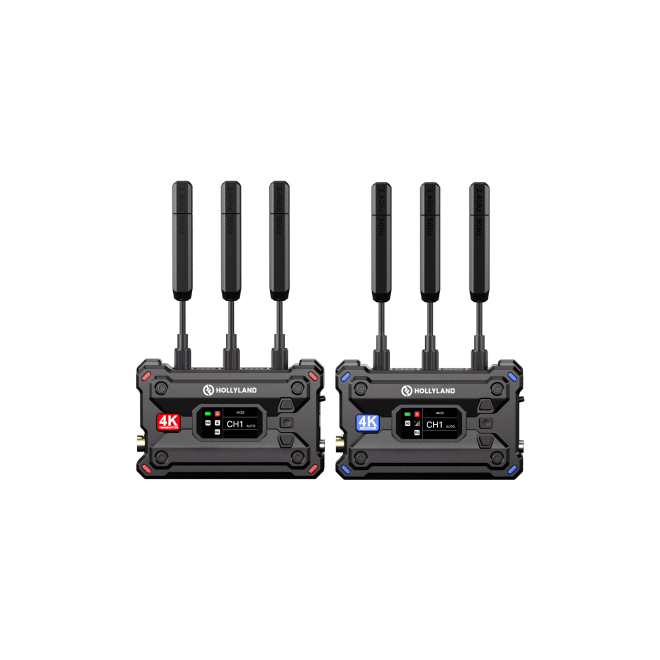
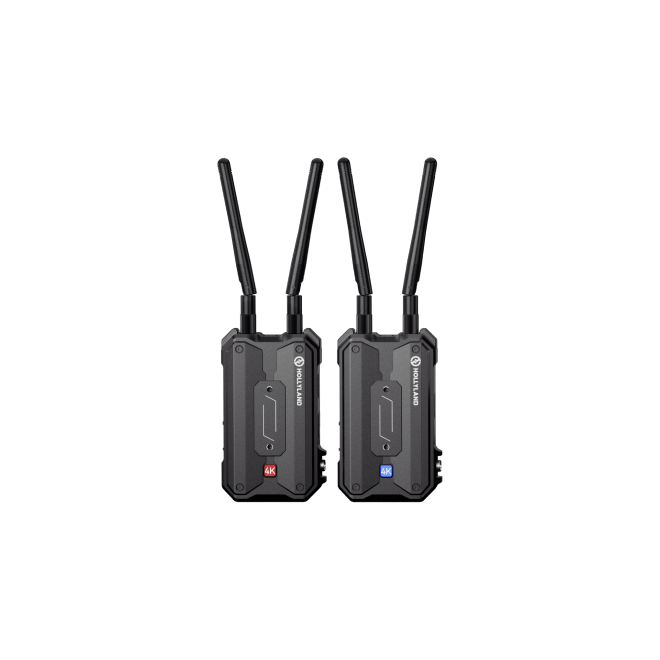
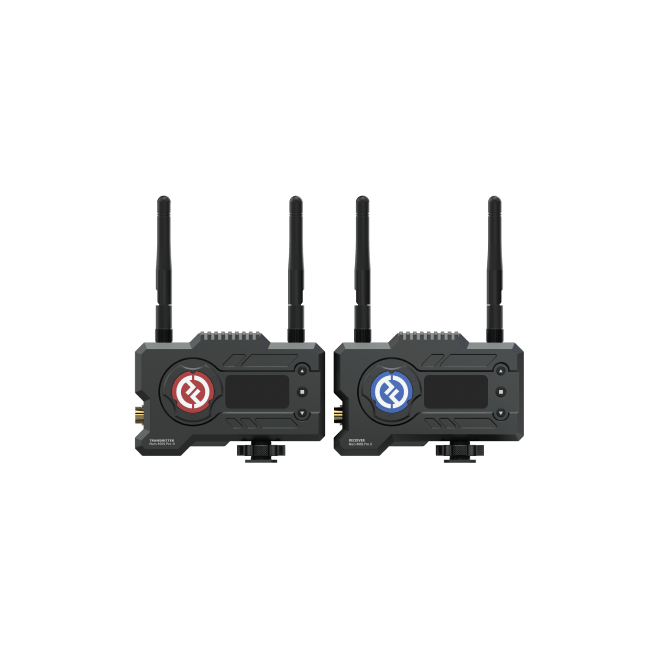
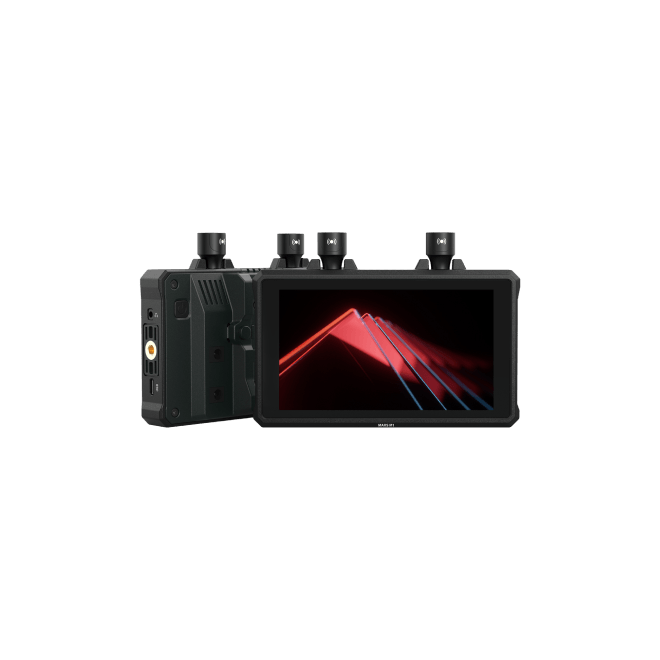
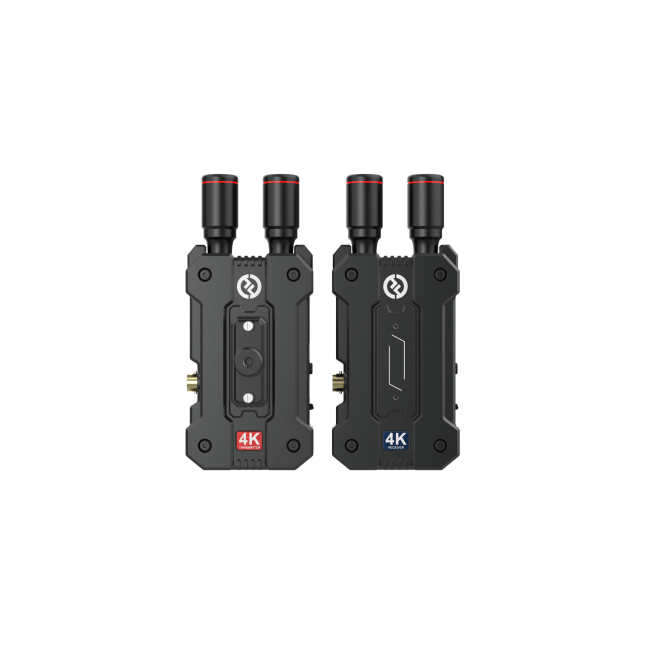
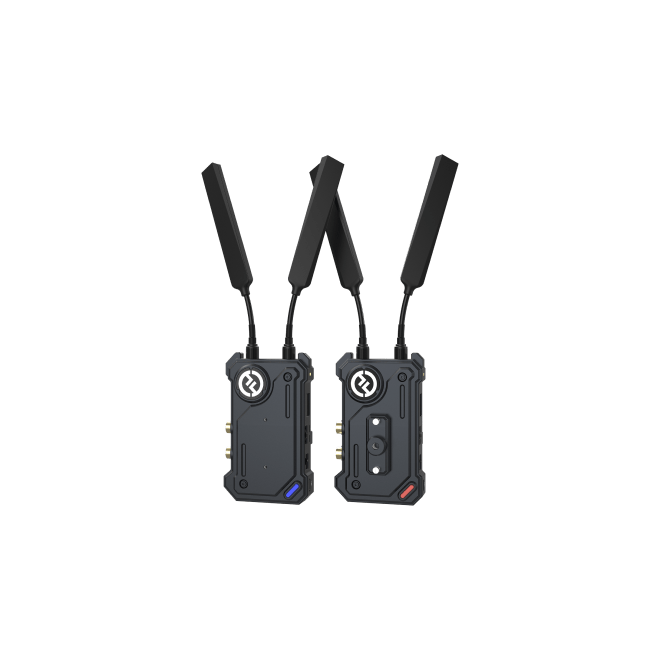
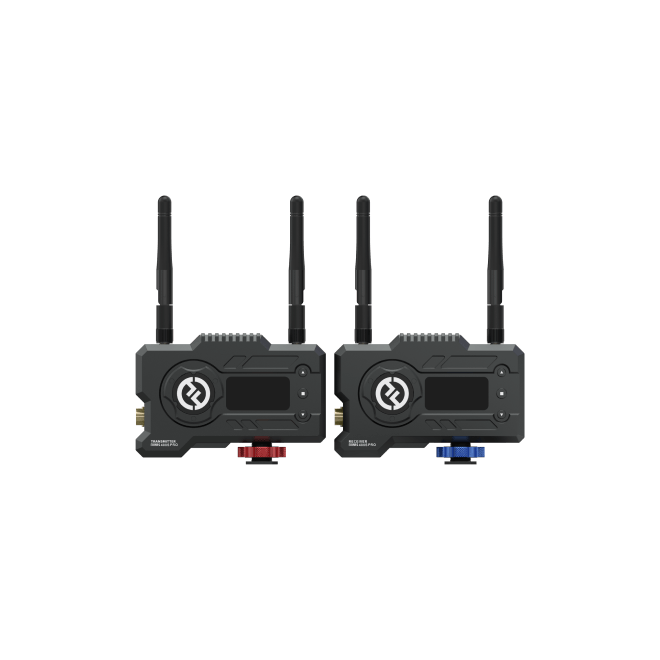
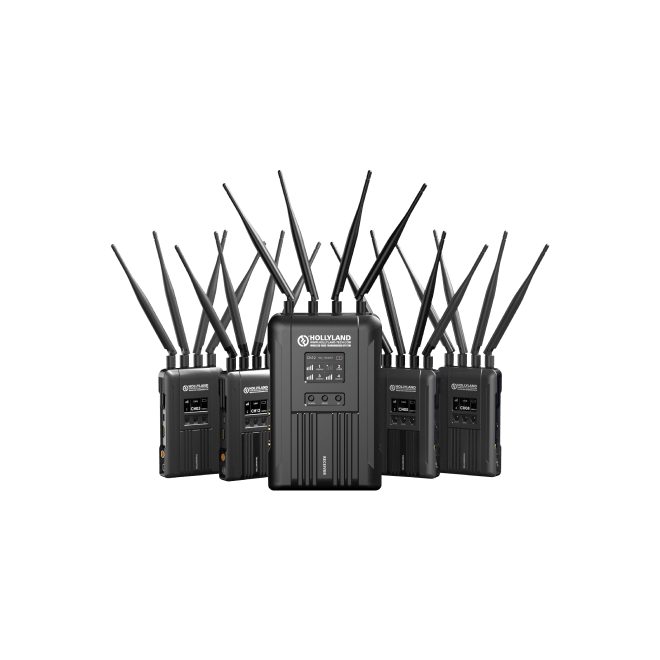

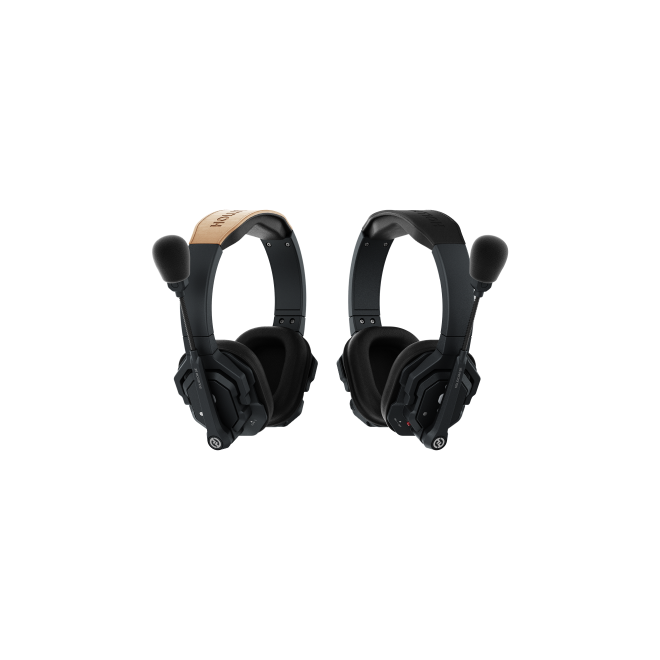

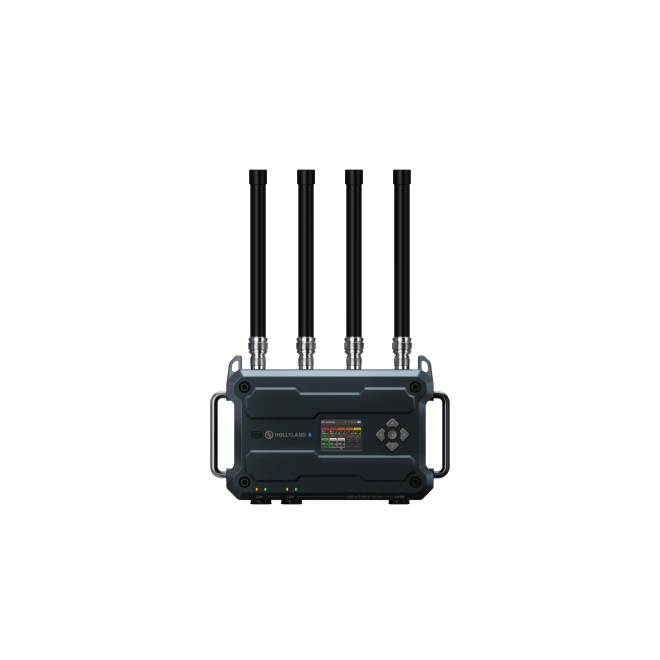
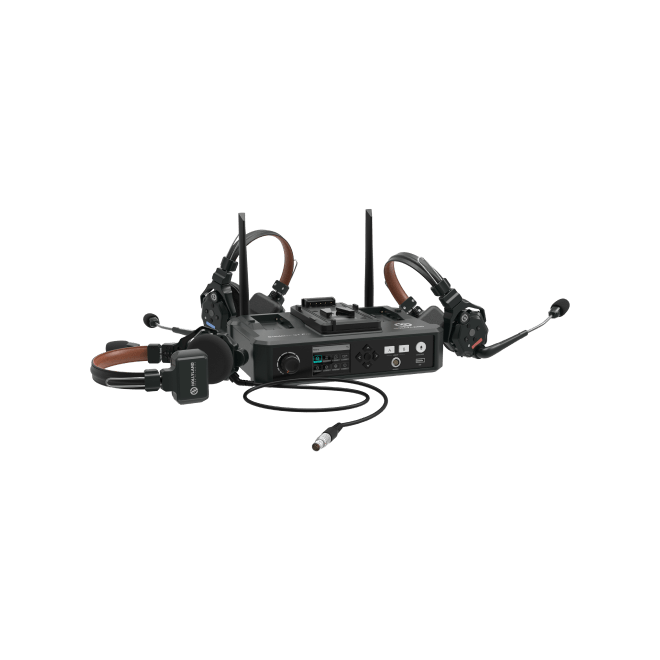
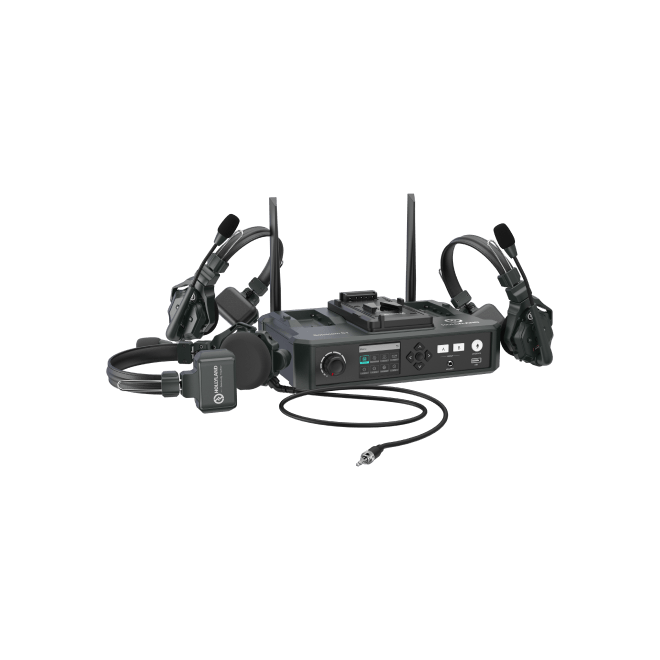
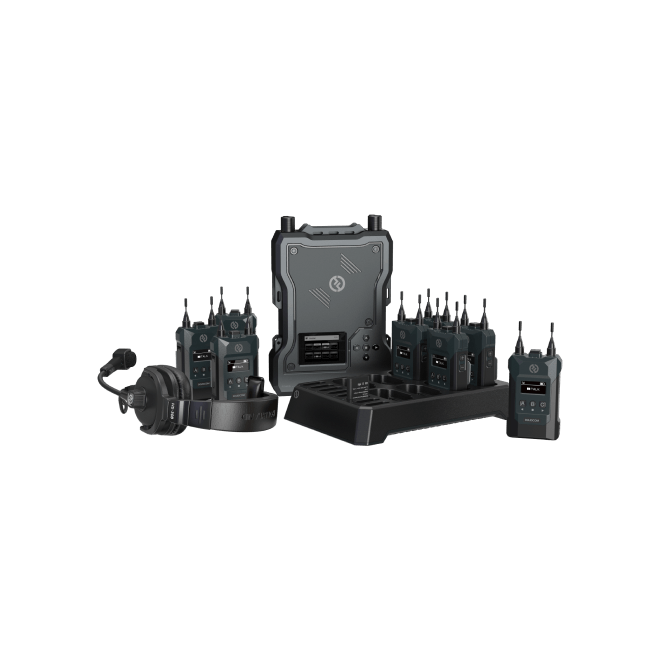
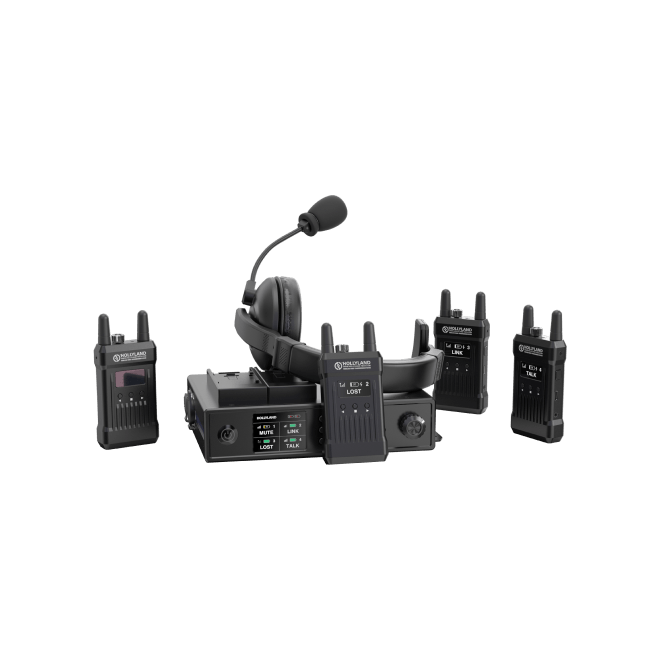
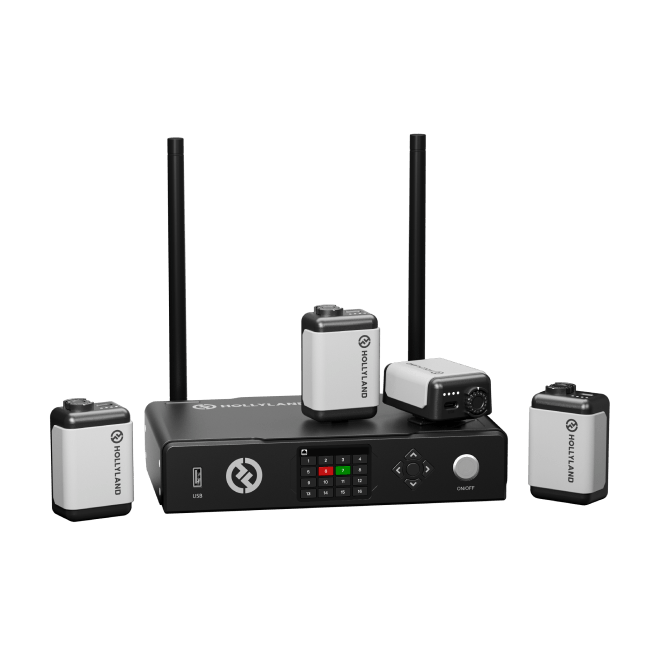
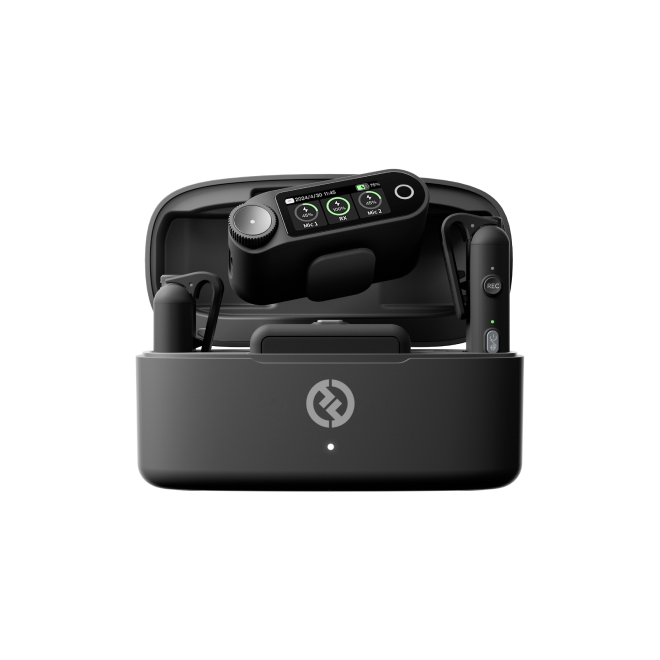
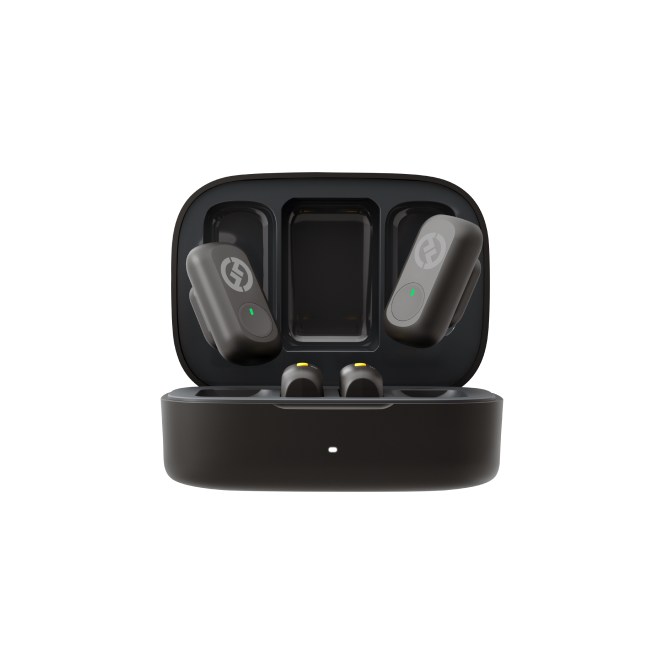

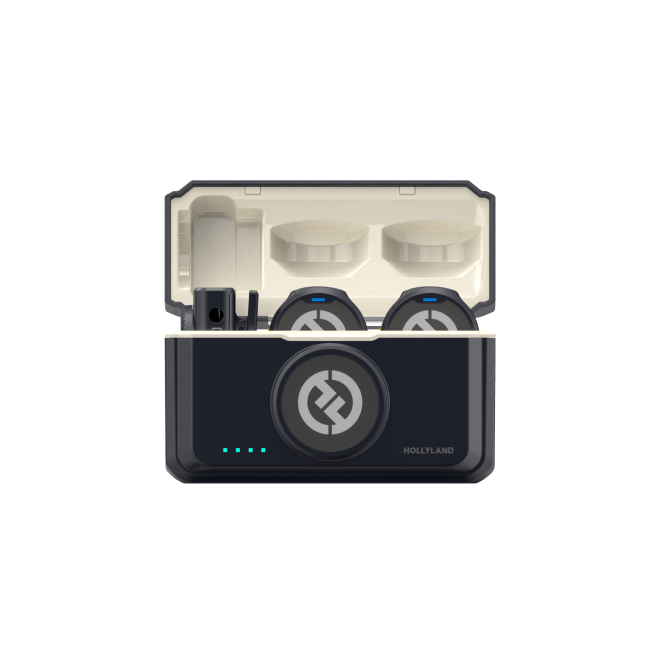
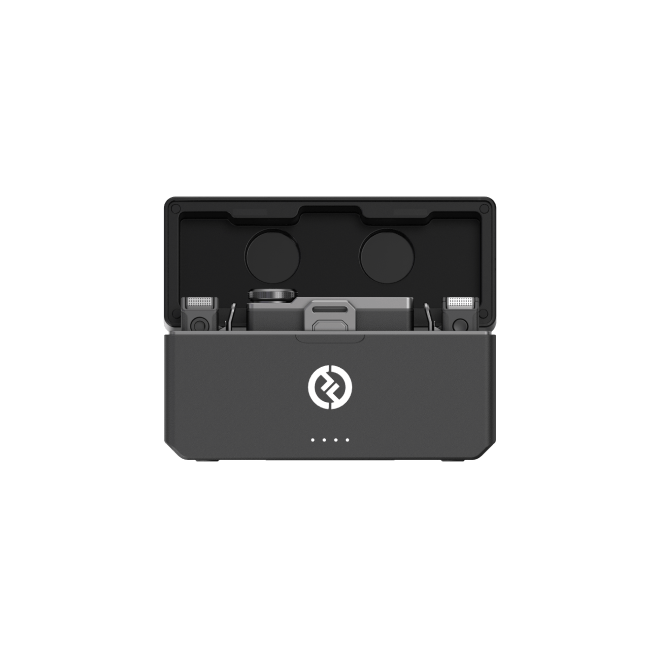
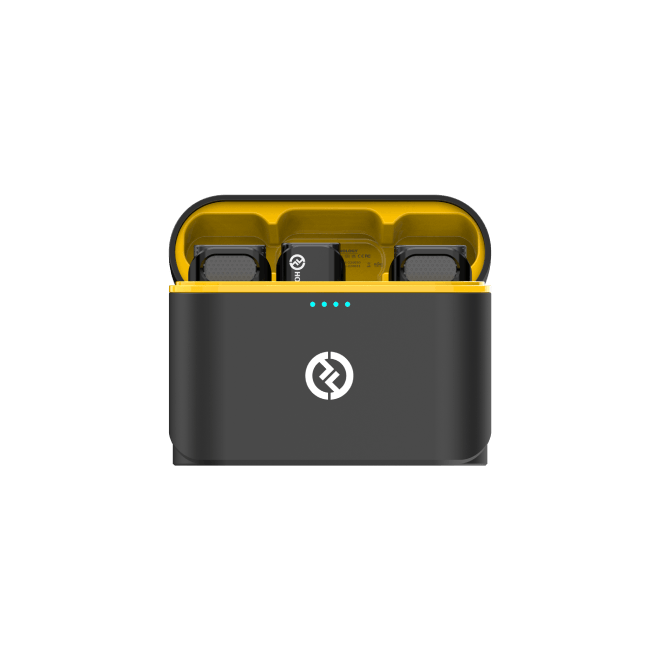
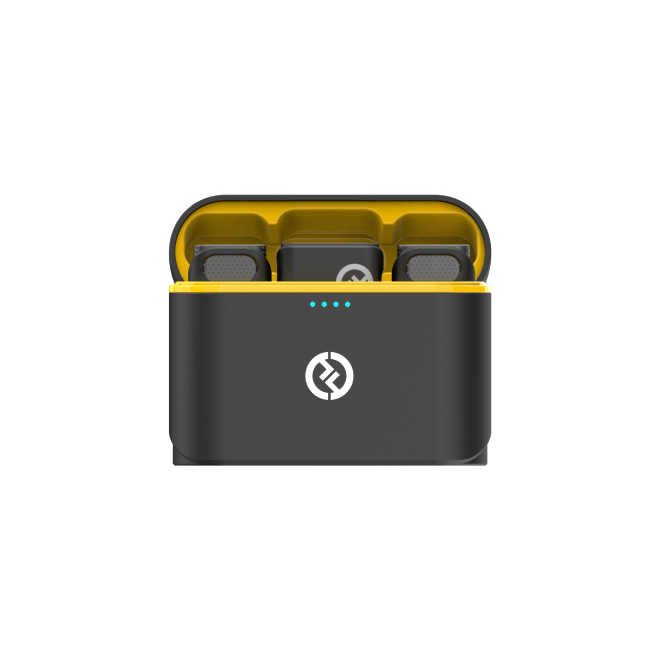
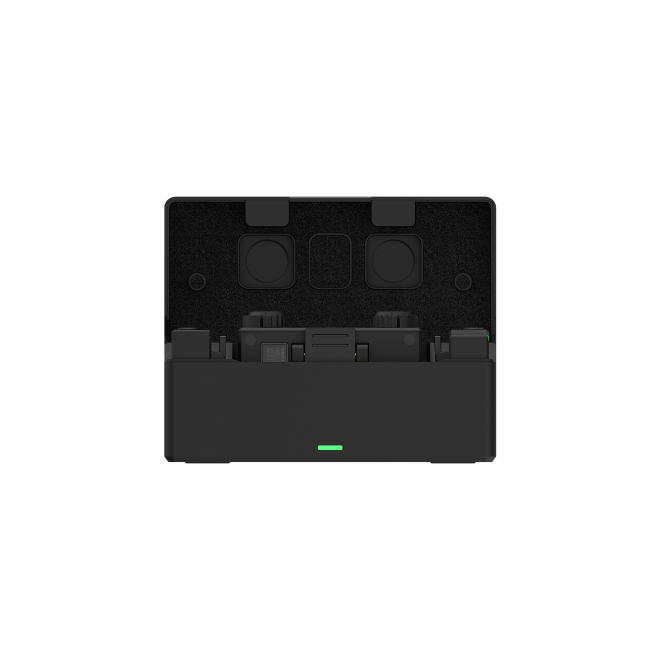
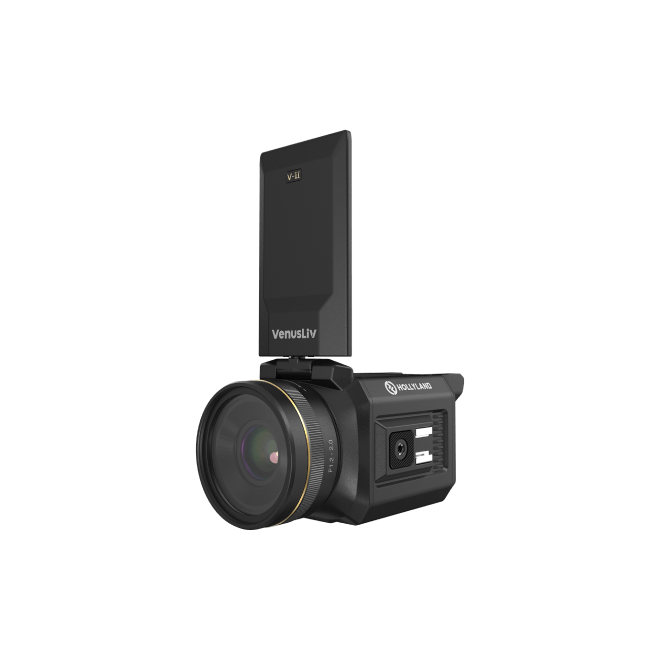
.png)


